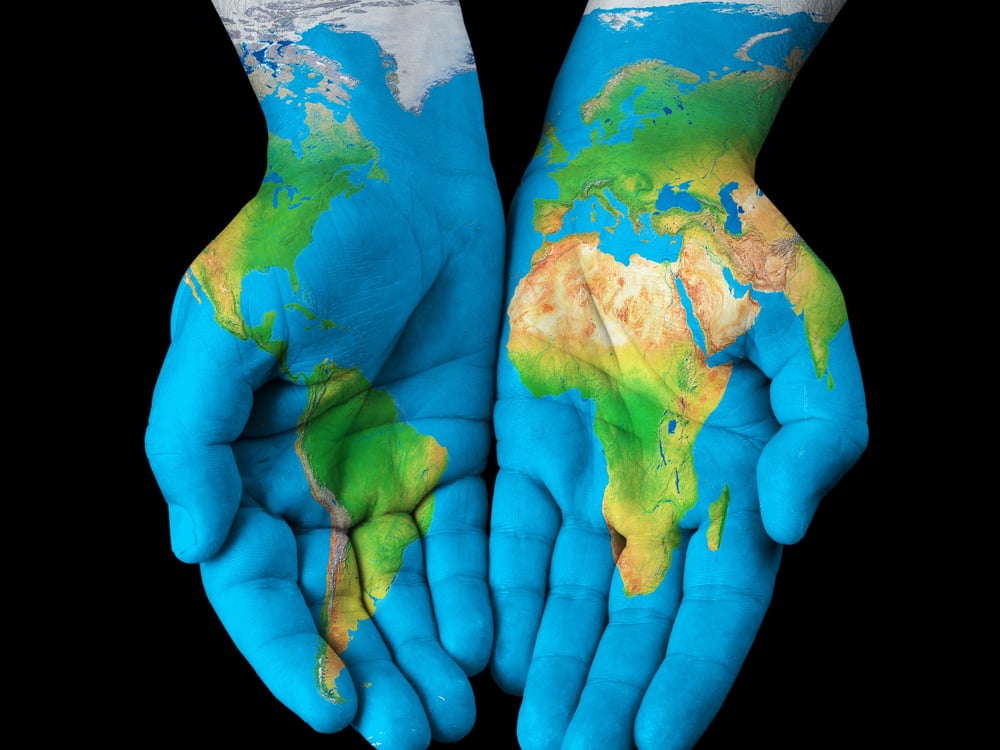Published on: November 20, 2018

According to World Health Organization and World Bank figures, about 1 billion people—15% of the world’s population—are disabled. With that in mind, the United Nations held the Convention on the Right of Persons with Disabilities in 2006. At the convention, held in New York City, a human rights treaty was presented, designed to protect the rights and dignity of persons with disabilities and ensure their right to education and work, among other things. Today, the treaty has 162 signatories and 177 parties. And while there has been much progress, there have also been a number of setbacks. For example, only 28% of surveyed countries constitutionally guarantee quality education for people with disabilities, and only 18% guarantee their right to work. So, here's a look at three very different countries and reported treatment of the disabled in each.
The Good: Disability in Germany
Germany’s capital of Berlin is quickly making a name for itself as one of the most disabled-friendly European countries. The city has won the EU Access City Award, which celebrates a city’s willingness, capability, and efforts to ensure accessibility for those with limited mobility or ability so that everyone can enjoy the city’s resources and pleasures. The city is highly accessible for disabled individuals, with the vast majority of public places, including theaters, museums, restaurants, and bars, designed to be handicapped accessible. In addition, the city’s transportation system is free for disabled people.
Throughout all of Germany, disabled children are automatically insured with their parents with no additional costs. Children in school, and adult students, are also entitled to various rights, including wheelchair access and a sign language translator if needed. In addition, companies receive benefits and tax breaks for employing people with disabilities. Grants are available of up to 2,557 Euros ($2,927) to adapt the home of a disabled person, and money is also allocated to cover some at-home care.
The Bad: Disability in India
Devender Pal Singh lost his leg during the Kargil War between India and Pakistan in 1999 when a bomb exploded next to him. Singh refused to be a victim, however, and became a marathon runner. Today, he’s known as India's blade runner due to the blade-style prosthetic he uses. Despite India’s love for Singh, the country still has a ways to go. In the country’s capital, stairs and steep, uneven pavements are everywhere, many public buildings are not handicapped accessible, and traffic is truly unruly.
While this may simply be an inconvenience for people like Singh, it’s far worse for those living in poverty and not accepted by mainstream society. Teachers are often unwilling to accept students with disabilities, believing disability is caused by black magic or bad karma as a result of wrongdoing in the disabled person's former or current life. However, things are looking up. India has adopted the United Nation's development agenda for disabled people, and a new Persons with Disability bill, which is at the final stages of being enacted, accounts for 18 disability types (up from just six in the current 1995 act).
The Ugly: Disability in Ghana
BBC News reporter Sophie Morgan traveled to Ghana in 2015 to see what life was like for the over 5 million disabled individuals living there; what she saw made her never want to return. While there, Morgan learned that many Ghanaians consider disability not a physical or mental impairment, but a “spiritual sickness,” akin to a curse that can only be healed by physical violence, prayer, and confinement (lest the curse be “caught”).
She visited one of the spiritualist camps and found men and women shackled in chains, being beaten and starved in an attempt to “cure” them. An epileptic child, screaming and in obvious pain, was also having “medicine” poured into her eyes and nose in an attempt to “heal” her. Morgan also heard stories about the sacrifice of disabled children, who were considered the cause of any misfortunes that befell Ghana (these reports remain unconfirmed, however).
Morgan attempted to reach the Ghanaian Minister for Health but could not get past the Secretary of the National Council on Persons with Disabilities. He confirmed that the government had done nothing to stop this horrific treatment of the disabled so far.
While the United States may be able to learn a thing or two from other countries in the EU, our country has come a long way when it comes to treatment of the disabled (and when looking at some other countries, we should truly count our blessings). We’ll post stories highlighting the good, the bad, and the ugly from time to time, to keep you in-the-know and perhaps to help you when planning your next vacation. Have a destination you’d recommend—or recommend avoiding? Let us know if the comments below.

